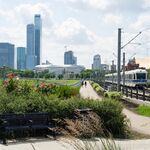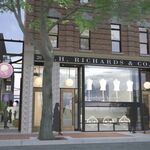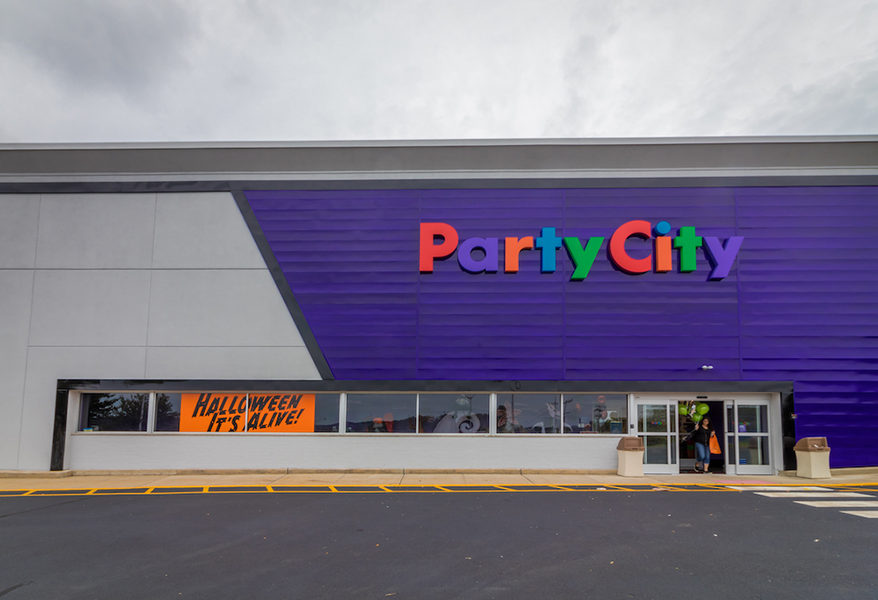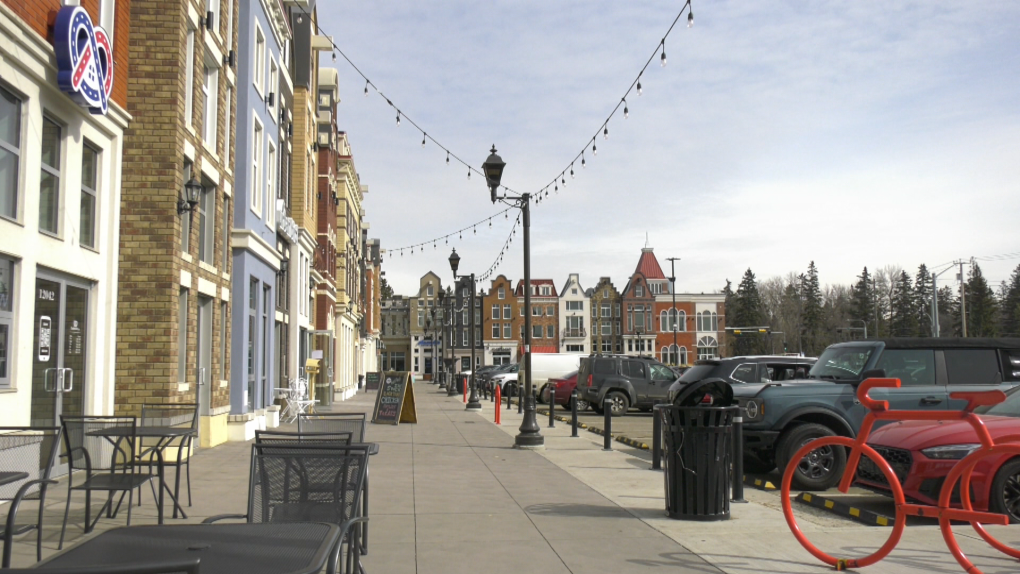Oh many things have happened over the last 37 years, some unique to Edmonton, some not. WEM is obviously unique, but much of it was already built in the pre-1986 period, so arguably the impact then and now from it are similar. I believe Windemere the community and power centre both did not exist in 1986, so if people living around Windemere are not coming downtown now, well they weren't then either. Yes, the demise of department stores is a blow, although all other cities a similar size have managed to keep more of that than us. WFH on a large scale happened because of COVID which has been mentioned a number of times here and elsewhere. It is certainly not unique to Edmonton, yet other places have managed better. Likewise the related increase and social disorder is not unique to Edmonton, but it oddly has seemed to have a more negative perceptual impact here than in other places.
My greatest concern is the current severe lack of retail downtown will further discourage people from visiting, living or moving downtown, which is why I constantly harp so much about it. Yes, I would like to see more people downtown, but frankly why would people move to a place with so few retail businesses? If you want a walkable lifestyle, frankly 124 St or Whyte Ave are better.
There are things that can attract more people to visit downtown. Maybe the much delayed Valley LIne LRT (whose construction and delay ironically also contributed significantly to the current state of the area) will, if it ever gets up and running. Charging for parking in most parts of downtown on Saturday is ridiculous and is something pushing people away. It might have made sense years ago, but not in the current environment. More periodic festivals or events are good, but if the area is overwhelmed on some days and dead on others, that is not healthy either.
I agree, on some degree, but there are things that I think need to be ponderedÇ
WEM was already built, but by 1986, phase III had just been completed and the last expansion was only in 1989. Also, over the past few decades, WEM has become ever so more relevant, especially considering that it is likely Edmonton's most visited tourist attraction, if you can call it that.
Edmonton lost quite a few offices to other cities (mainly Calgary and Vancouver) between 1986 and now. We already had a very limited downtown workforce, which made things even worse with COVID. Most cities are still struggling with it, but considering the already small base, Edmonton's downtown is probably suffering more than other places with WFH.
Windermere might have not existed at the time (and therefore the population there) but the biggest impact it has is that it is attracting a LOT of things that are unique and/or new to Edmonton, and bringing in people to shop and eat there from all over the city, unlike most other power centres. It has added competition to Downtown (and even WEM, to a much smaller degree) in terms of attractiveness for businesses.
Now, as for the lack of retail, is a little bit of chicken and egg, isn't it? Because why would you open a business downtown if there are no customers?
I do agree that some "small" and/or localized initiatives could very well help it become more attractive than it is now, like parking costs on the weekends, cleanliness, etc... which would help considerably with the perception of decaying area Downtown has. Working on safety would also help, including LRT stations (turnstiles, where are you?), even though a lot of these issues are more about perception than the actual state of affairs. As I mentioned, adding more entertainment options for all age groups and tastes would help a lot, as well, such as working to attract a Rec Room, maybe a bowling alley, etc. I'm pretty confident
But when I think about really successful and pleasant downtowns, the first that comes to mind is Vancouver, which coincidentally, has invested heavily over the past few decades, in becoming more residential, and family friendly, and it has paid off.
Regardless of what made things the way they are, we need to look at how we can make it different, and more sustainable in the long term. Having a larger resident base is likely to be the best way and, while I agree with you about the lack of retail options, this is an issue hard to address by conventional means. On the other hand, investing money in amenities, such as more, AND BETTER parks, improving schools and other public services, adding incentives for developers to build family friendly units (3 and 4 bedrooms, especially podium townhomes), safety, cleanliness, better upkeep (paving, fixing sidewalks, etc...) would all work a long way towards attracting more residents (and even businesses, in the case of the safety/upkeep), and making it more vibrant.
We definitely also need to figure out a way to attract more workers to Downtown, be it with incentives for companies to set up offices here, or whatever else we can find, because it brings two benefits: it increases the workforce AND residential population (even if not all, a proportion of workers will likely want to live close to work).







